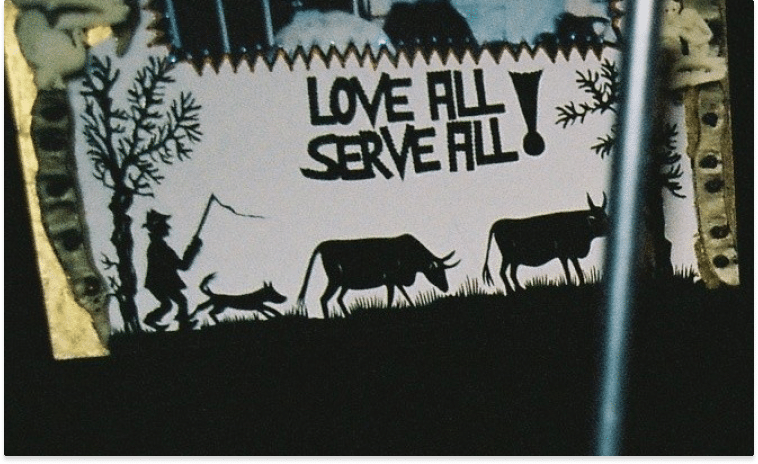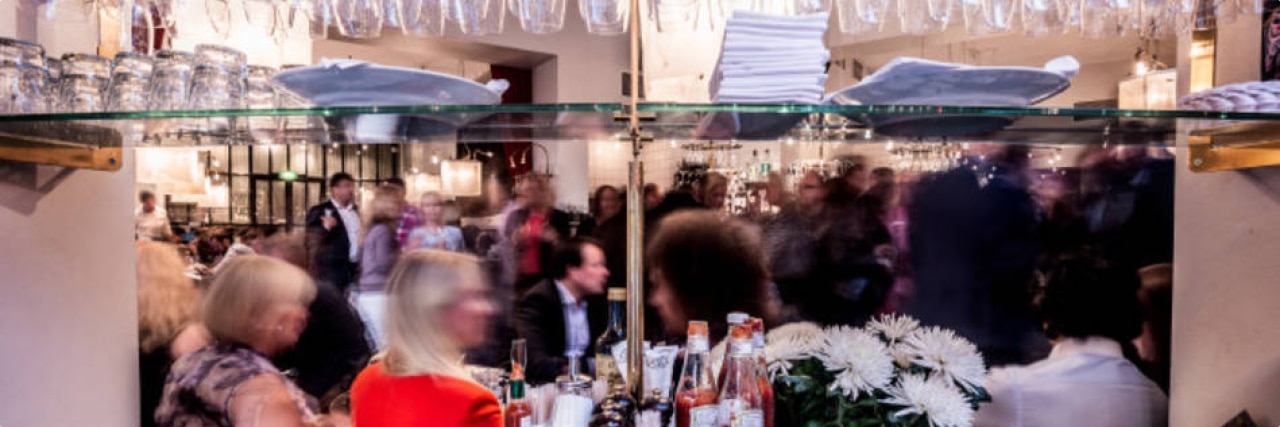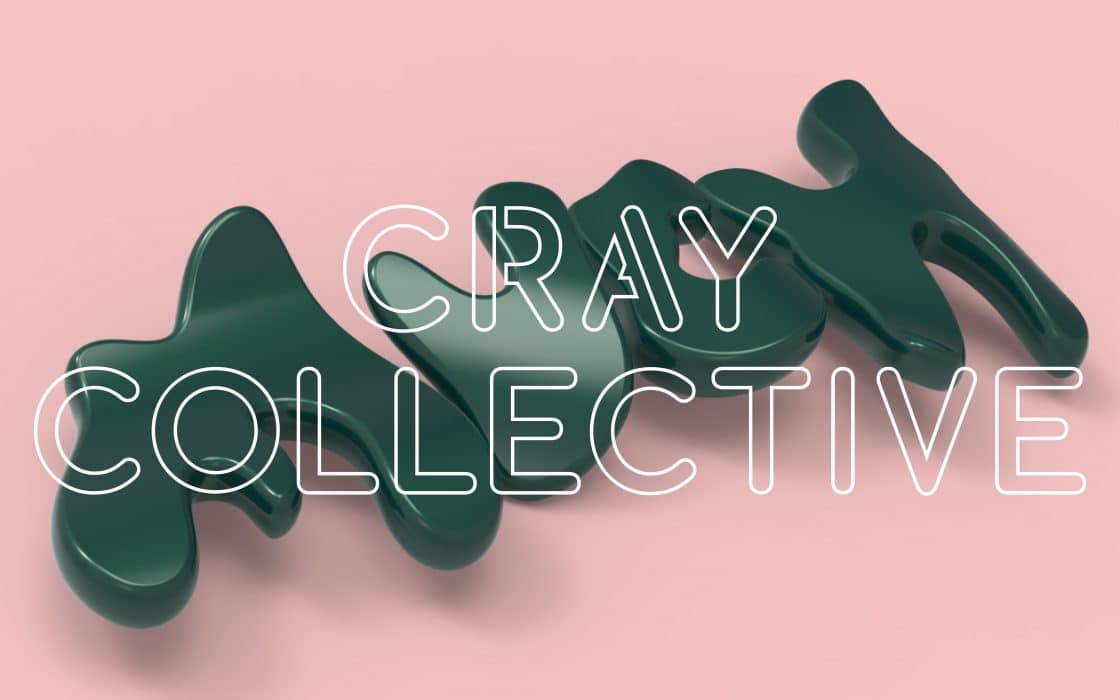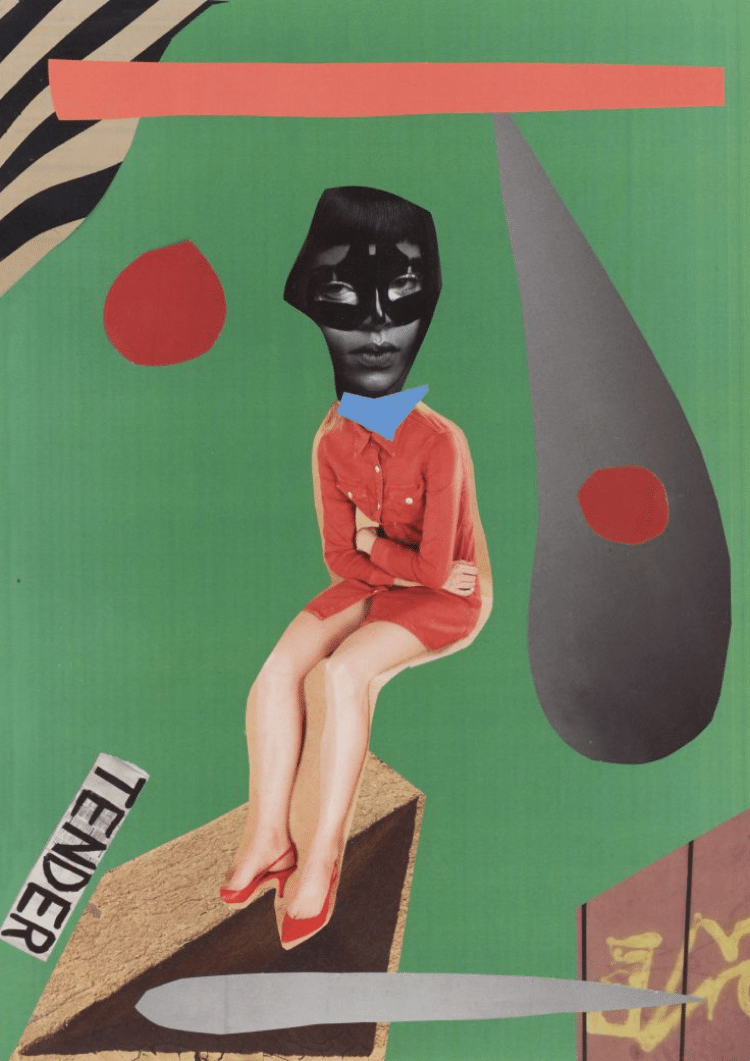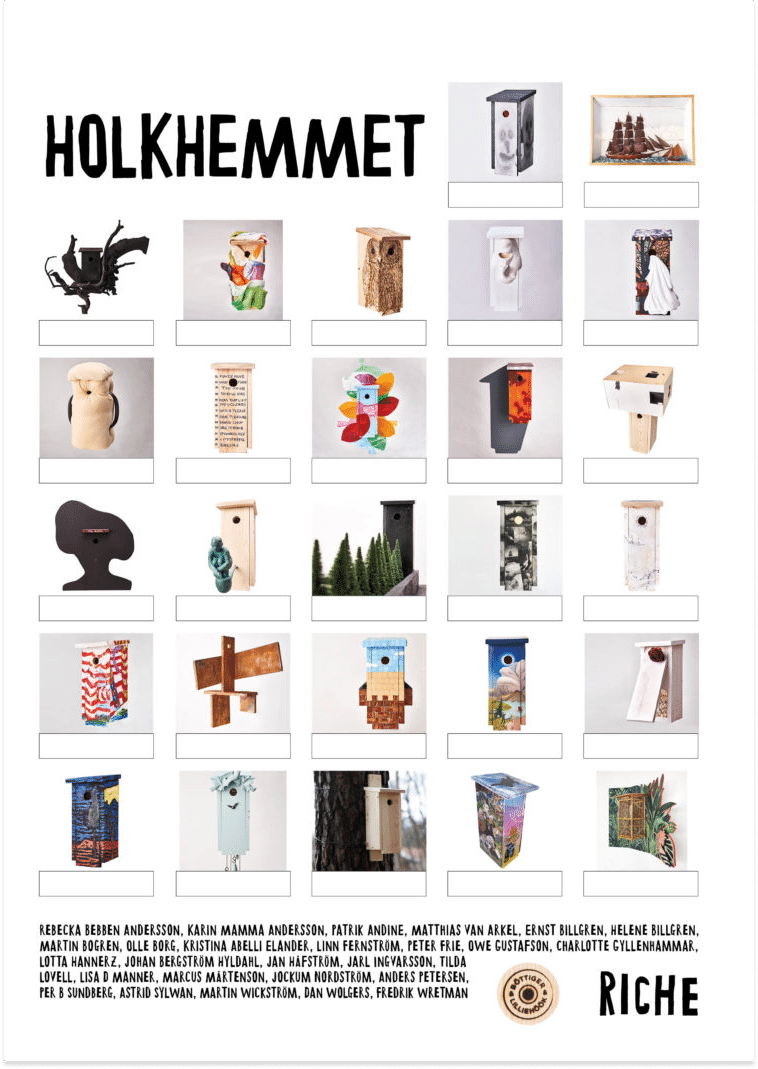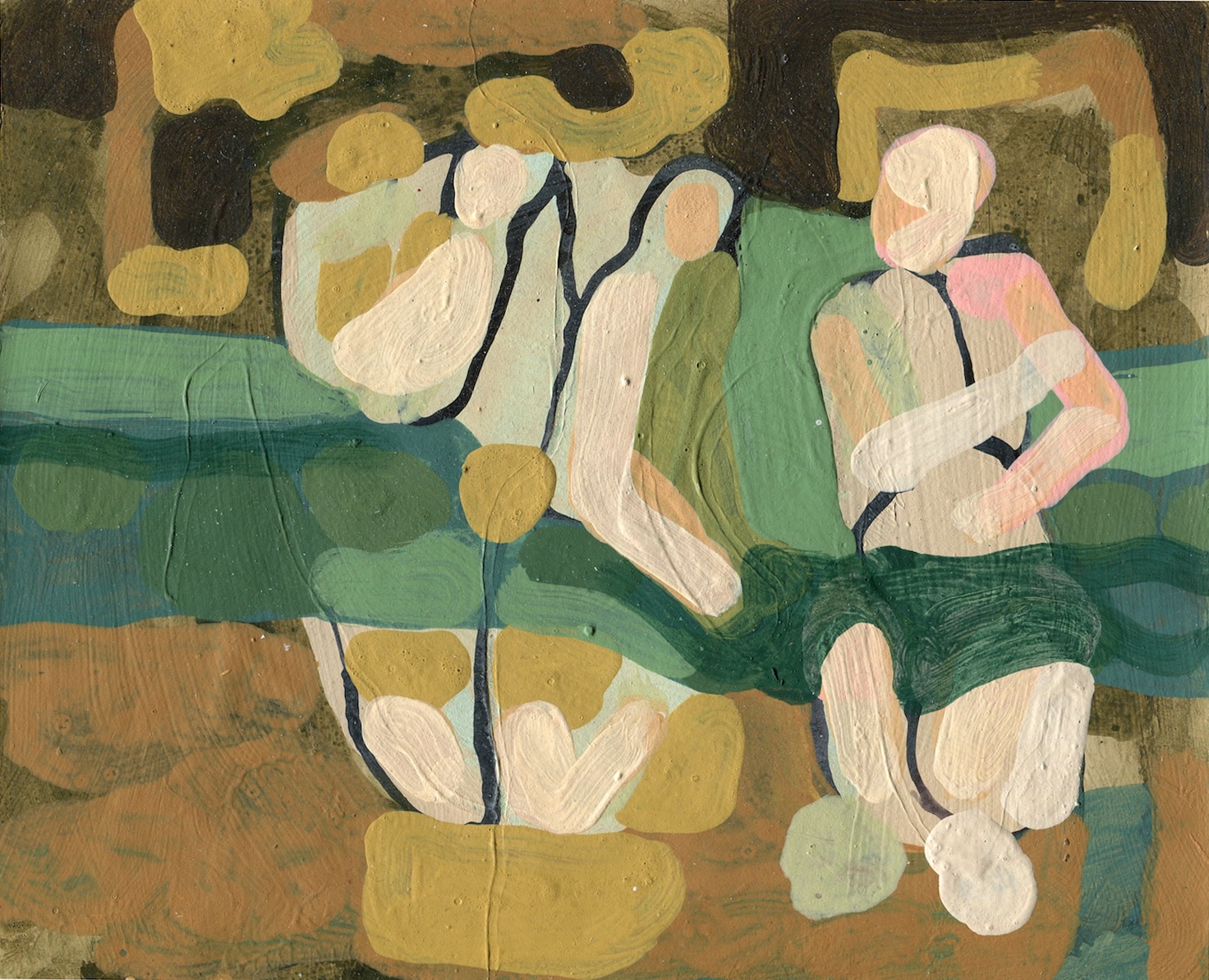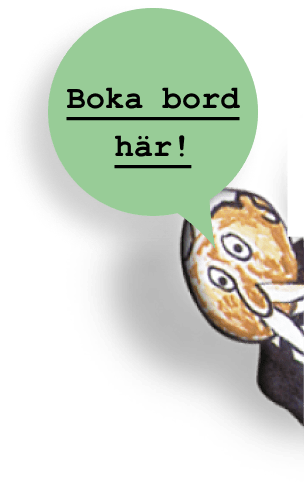GERHARD BLUM “SERIE BERLIN”
EXHIBITION at RICHE;
GERHARD BLUM Presents
“SERIE BERLIN” (29/8-1/10)
VERNISSAGE 29/8 (17-20)
Hosted by Gerhard Blum and his Queens
Marta Oldenburg and Magoria Edler
Gerhard Blums konstnärskap kan vid en första anblick tolkas som provocerande motiv med mycket bling, men om man djupdyker i hans värld så märker man tydligt tre drag som han vill lyfta fram.
Det första är att han lyfter upp personer ur vår samtid som antagligen kommer forma vår historieskrivning, det handlar om att han lyfter upp och gör historian närvarande.
Det andra draget är att han visar upp hur den privata sfären blir offentlig, där mycket av Gerhards egna trauman har lyfts upp till att bli en del av hans verk.
Slutligen det tredje draget är kopplad till form och önskan och manifesteras genom hans hantverk som består till stor del av en repetitiv handling att fästa tusentals Swarovski-kristaller på ett verk. Läs gärna mer här;
The Passions of Gerhard Blum’s
By Jan Hietala
Artist and Doctor of Philosophy in Architecture
Stockholm 07.06.2018
- Making history present
Arguably a historian’s deed consists of re-enacting a certain moment in the past in his own mind, and subsequently present the results to the present. At least if we are inclined to agree with the English philosopher Robin George Collingwood. Some historians utilise a ”scissors-and-paste” method, he says. Documents are glued together to one single narrative. Piece by piece historical facts form a strip not unlike a film-real. The scissors-and-paste method does not re-enact history, according to Collingwood. It does not tell us anything about the past, other than what is known and seen. Instead Collingwood argues in favour of leaving documents unattached to each other, and filling the unknown in-between space with a narrative, alas re-enacting history in the present. A historian, he says, does not speak about what is known, but about what is not know. Analogically it is perfectly possible to re-enact the history of a single man. In all its fragmentary state, due to a variety of reasons, a not entirely documented history.
- The private sphere becomes public
The new body of work by Gerhard Blum, is the fruit of several traumas. Blum is perfectly open with his past and present condition. And trauma is a part of living. Life is in some sense, to its essence, traumatic. Entering life is, it seems, the trauma’s genesis. Most of us, possibly from the very beginning, comes to terms with this cruel violent act, an act of being forced out from a warm space of seemingly endless rest and nursing, to a cold bright world. Some of us never did. Blum, in his work, returns to his history of trauma. Fragments of known indisputable facts, surface on the abyss of the unknown. Blum’s father’s death. The separation from his lover. The abusive nature of Dominique Strauss-Kahn. Not unlike driftwood surrounded by a glittering surface. This enigmatic unknown is Blum’s field of interest, however. Indisputable facts are not. Again and again he returns to the unknown, the subconsciousness some would say. In an artistic process however, we do not deal with the subconsciousness, as it were. A psychoanalytical process is not analogous with an artistic process. We re-enact the unknown. It is a process much echoing Collingwood’s philosophy of re-enacting the past, as historian. Truly, in some processes, the psychological consequences of a past trauma, in an artist’s private history, is the genesis of an artwork. Such is the case, to some degree, also with Blum. But Blum brings the past into the present. The work does not allow a possibility of being limited to a therapeutic process. On safe grounds we may assume, neither would Blum agree, if asked.
- Form and desire
Thousands of glimmering jewels reflect our gaze from the surface of the assemblages. It would be possible to interpret the overwhelming splendour as a gesture of shameless decoration. Such conclusion would be contra productive. The magnitude of exposed wealth, Swarovski crystals in fact, is a key element in understanding the narrative elements in Blum’s unknown universe. The pure amount of crystals is the sign of labour. They represent the minutes and minutes, days and days, years and years, of concentrated labour in arranging them to their destinations. They tell us something about the artist’s dedication to accomplish his message. Well, any material of choice would have told the very same history, one could argue. But no, the choice of material is pivotal. What else would describe the forces behind coming to terms with the past but passion, in this case for gems? What else would describe the impossibility of understanding the past, in a true and transparent sense, but a simultaneously translucent and reflecting material? If anything Blum’s work reminds us of the early works by Gilbert and George. Perhaps not as much as to its visible result, but as to hidden constructional elements. It is an additive method. Assemblages of initially unimportant fragments, are loaded with narrative meaning when mounted together. In one work we find an assemblage of random internet porn, next to the potent one-liner ”I want to stretch”, everything surrounded by hundreds of crystals, perhaps thousands, passion and pain, stretching across the abyss of the unknown. For us to interpret.

